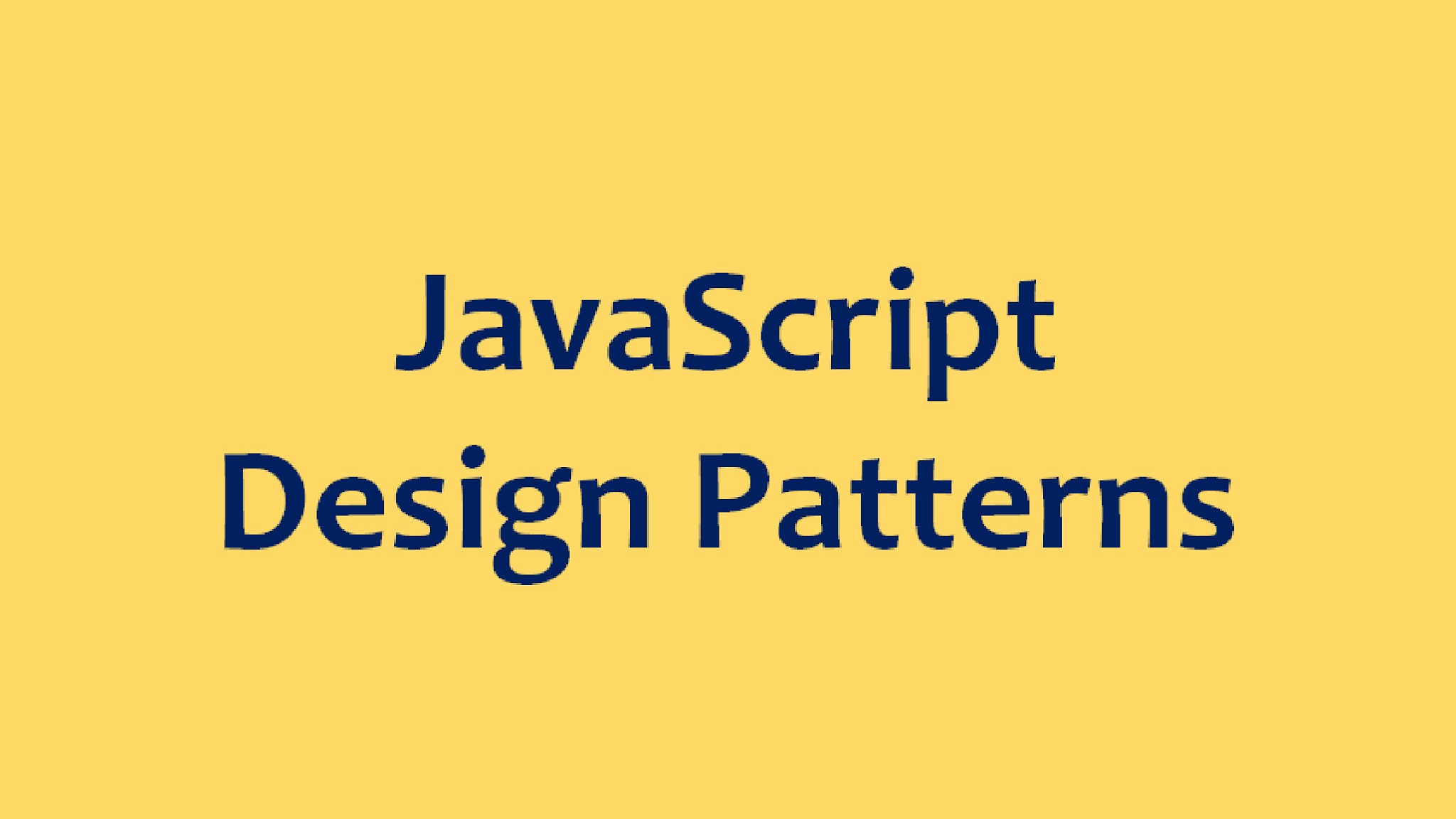> Design Patterns > Strategy Design Pattern
Strategy Design Pattern
Strategy design pattern is used for selection of algorithm from a family of algorithms based on context or data.
Intent
- Define a family of algorithms, encapsulate each one, and make them interchangeable. Strategy lets the algorithm vary independently from clients that use it.
The intent of strategy design pattern is to encapsulate each algorithm of family and make them interchangeable based on context or data.
Problem
- Client needs to select different algorithm based on request or data. Also it is difficult to add new algorithm if implementation is part of client.
The client will have complexity to handle the algorithms and it will become hard to maintain. This will add lot of conditional statements. Also modification in existing algorithm and addition or deletion will be difficult.
Solution
- Make the selection of algorithm separate from implementation and encapsulate the implementation of different algorithms in separate objects.
The separation of selection and implementation will provide flexibility. It will be easy to do the modification in selection of algorithm. Also it will be good to have an easy way for addition or deletion of algorithm, and the modification of algorithm will have no dependency on other modules.
Where strategy design pattern is applicable?
- The selection of an algorithm is required from a family of algorithms.
- To avoid multiple conditional statements for selection of algorithms and to hide its algorithm data structures and complexity from client.
Strategy Design Pattern UML Structure

Participant classes of strategy design pattern
- Context has instance of class Strategy. This may also provide interface for accessing its data so that strategy can access it.
- Strategy class provides interface AlgorithmInterface() for algorithms which is used by Context.
- Concrete classes ConcreteStrategyA, ConcreteStrategyB and ConcreteStrategyC implement the method AlgorithmInterface() to provide the algorithm.
How they work together?
- Client creates the ConcreteStrategy object and passes it to Context. Context uses the Strategy interface to call the method of ConcreteStrategy. Context may pass data to Strategy or may pass itself so the data can be accessed by Strategy. Client chooses a ConcreteStrategy from a family of ConcreteStrategy classes and interacts with Context.
- So the selection of algorithm is separated from implementation and each algorithm is encapsulated. This approach reduces the subclassing and avoids having multiple conditional statements. It increases flexibility to add and remove the algorithms and makes it easy to modify the existing ones. The client requires knowledge of all concrete strategy and has to communicate with Context. Also as the number of algorithm grows, there will be increase in number of objects.
Strategy Design Pattern Example
Here is the strategy design pattern example.
Development Environment need to have features to build different projects - C++, Java, COBOL.
Implementation Code
| C++ | Strategy Pattern in C++ | Strategy Pattern C++ Example |
| C# | Strategy Pattern in C# | Strategy Pattern C# Example |
| Java | Strategy Pattern in Java | Strategy Pattern Java Example |
| Python | Strategy Pattern in Python | Strategy Pattern Python Example |
| JavaScript | Strategy Pattern in JavaScript | Strategy Pattern JavaScript Example |
| PHP | Strategy Pattern in PHP | Strategy Pattern PHP Example |
| Ruby | Strategy Pattern in Ruby | Strategy Pattern Ruby Example |
| Swift | Strategy Pattern in Swift | Strategy Pattern Swift Example |
| Objective-C | Strategy Pattern in Objective-C | Strategy Pattern Objective-C Example |
Suresh Kumar Srivastava is founder of online learning site coursegalaxy.com and author of popular books C In Depth, Data Structures Through C In Depth. He has 18+ years experience in industry and worked on architecture and design of multiple products. This article Strategy Design Pattern is from his Design Patterns course.

